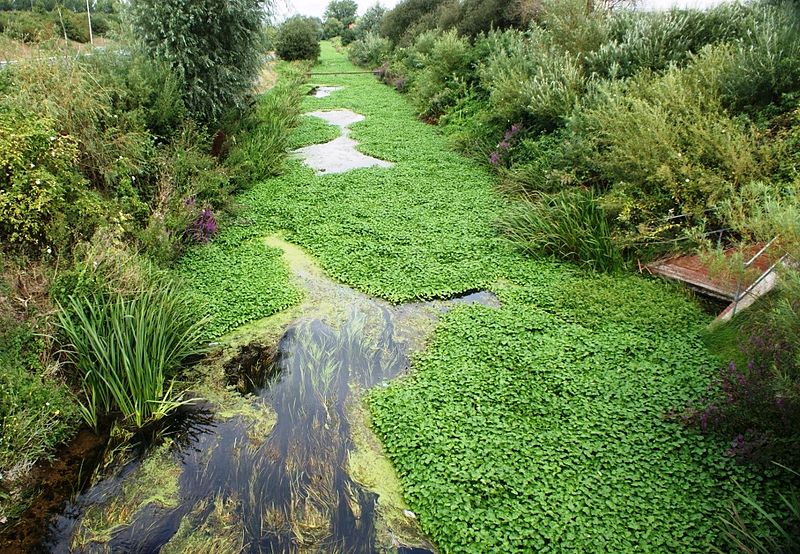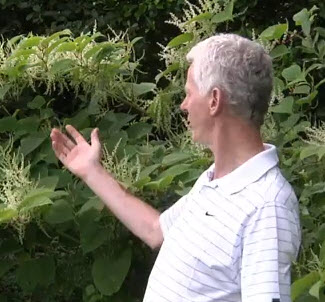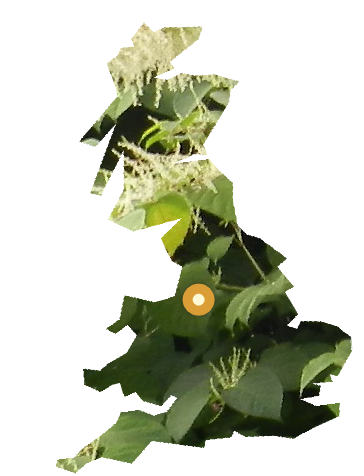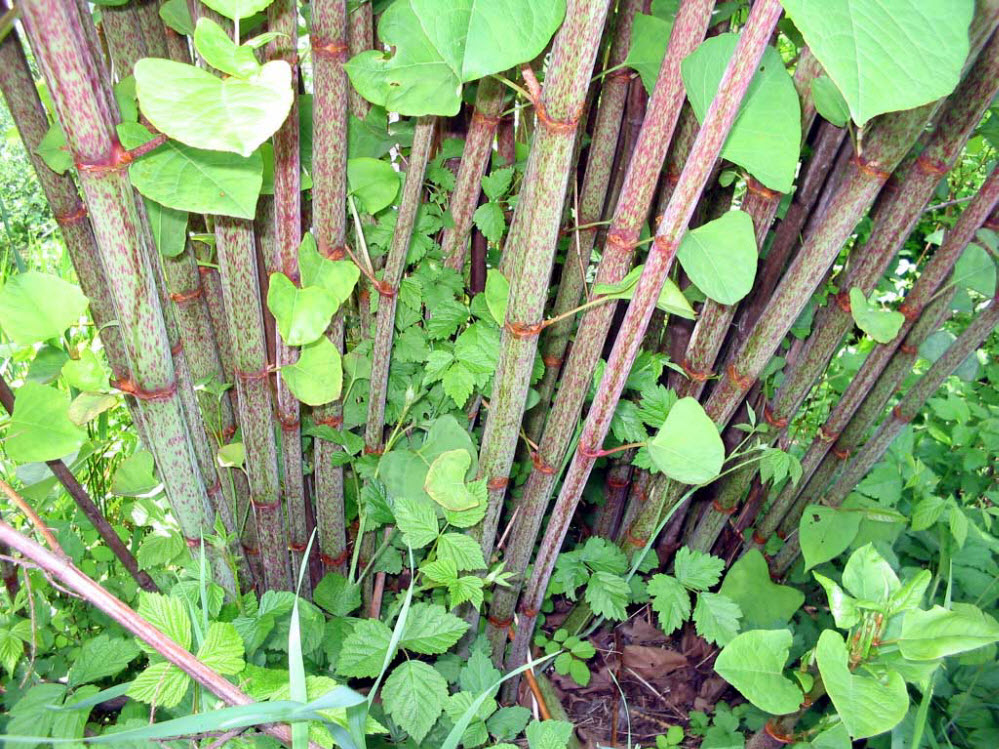‘…This outrageous Japanese Knotweed…’ Why does guest author Louis Oleson say that? Read this quaintly-written mini rant.. and, if you’re worried about Japanese knotwood in your area or on your property, call or email us for advice and a free site visit – all UK and Channel Islands covered.
Japanese Knotweed – A Knotty Affair of South AsiaIf the word Japan or Japanese gives you a goose bump, it is legitimate! And Japanese Knotweed if thename itself is anything but a hint is yet another nightmare gifted to the world by Japan! Though, it isnamed after Japan, it did not originate only in Japan. It was also conceived in China and Korea. Havingbeen originated in these countries, this weed also called Fallopia japonica, Polygonum cuspidatum,Reynoutria japonica widened its spread across Europe, North America and various other countries.
According to Ecological Consultants, to remove this weed entirely from the land is like walking on therazor’s edge precisely because the more you cut Japanese Knotweed, the faster it will grow. Having small green-white flowers, this outrageous Japanese Knotweed is endowed with strong roots called rhizomes. Japanese Knotweed finds its life source and Phoenix like propensity from these rhizomes.
The rhizomes also called underground stems have the capacity to spread up to seven meters from the parent plant to a depth of three meters. With such strong hold of the roots, Japanese Knotweed does not allow other plants to grow as well. And as wildfire requires firemen to get extinguished, Japanese Knotweed too requires help of ecological consultants to be eradicated completely.Japanese Knotweed is also listed as one of the worlds 100 worst invasive species by World Conversation union. In the UK it is listed under Section 14(2) of the Wildlife and Countryside Act 1981, which statesthat “if any person plants or otherwise causes to grow in the wild any plant which is included in Part II ofSchedule 9, he shall be guilty of an offence.” The physical attributes of this weed are consisted of small, green-white flowers blossoming between late summers to early bottoms.
The leaves of this weed are 7-14 cm long and 5-12 cm broad. As its base is flat and tip sharp, the leaves take their places on arching stems in a zigzag pattern.Scared? Yes, it is scary. One of the most interesting things about Japanese Knotweed is that it loves places where human density is higher! Having the green stems with red purple specks, Japanese Knotweed simply loves humans and therefore, it likes to grow in lands, houses, gardens and many moreplaces that humans like to inhabit! It surely is a challenge to human claims to accommodate all the beings of the world under the maxim “the world is but one family”.So, all it requires to spread its “bright” wings is small crevice in your home, roads, bridges or at any other place and here you are playing the host of this adamant guest called Japanese Knotweed! Because of these dangers, the land’s resistance to flood is seriously damaged causing grave ecological concerns.Also, land affected by Japanese Knotweed, costs lower therefore, causing economical loss.Keeping in mind its strong hold in the land, it is desirable to seek an opinion of ecological consultants. Ecological consultants are in know of specific herbicides that can help eradicate Japanese Knotweed completely and systematically!




